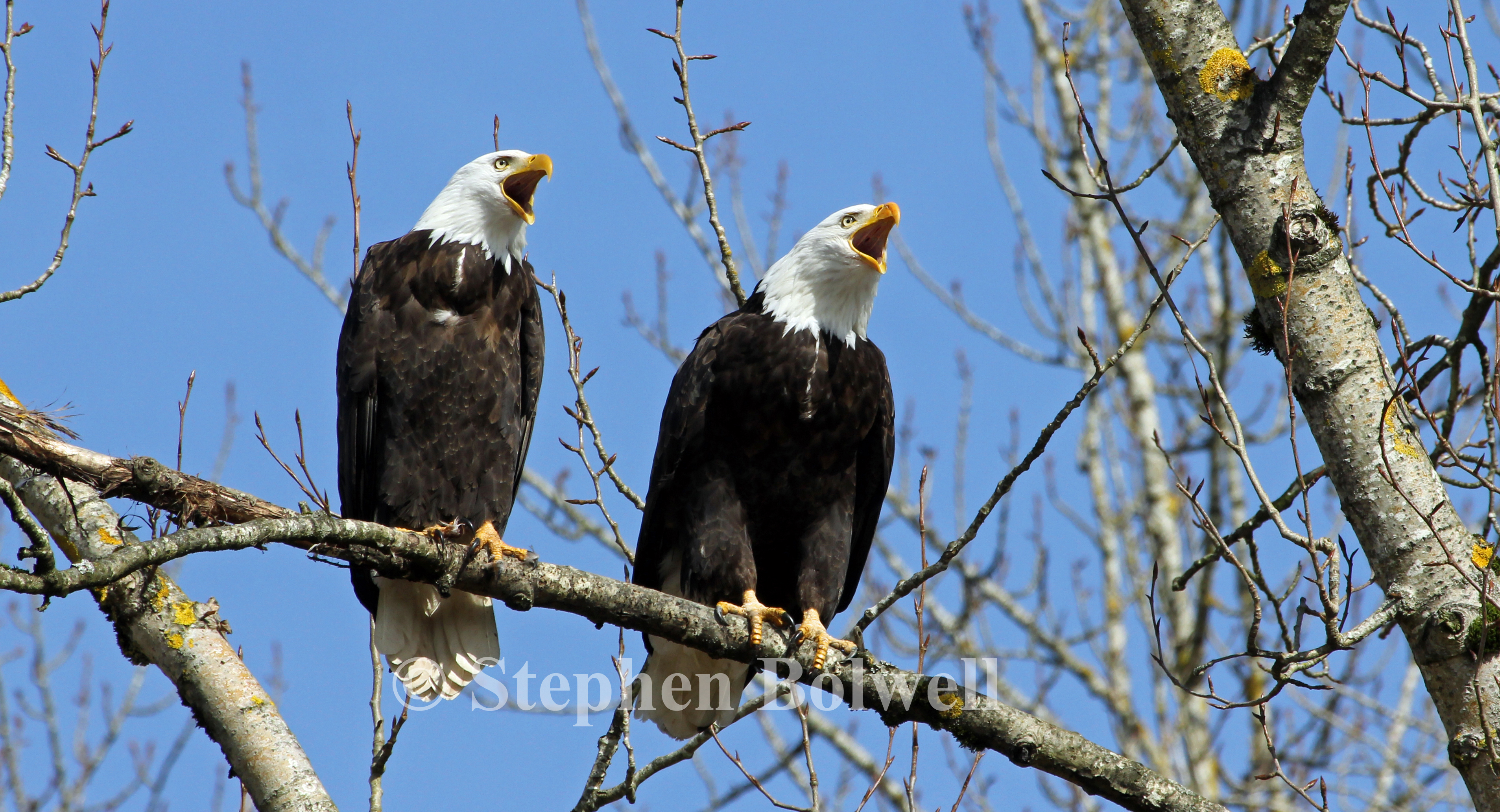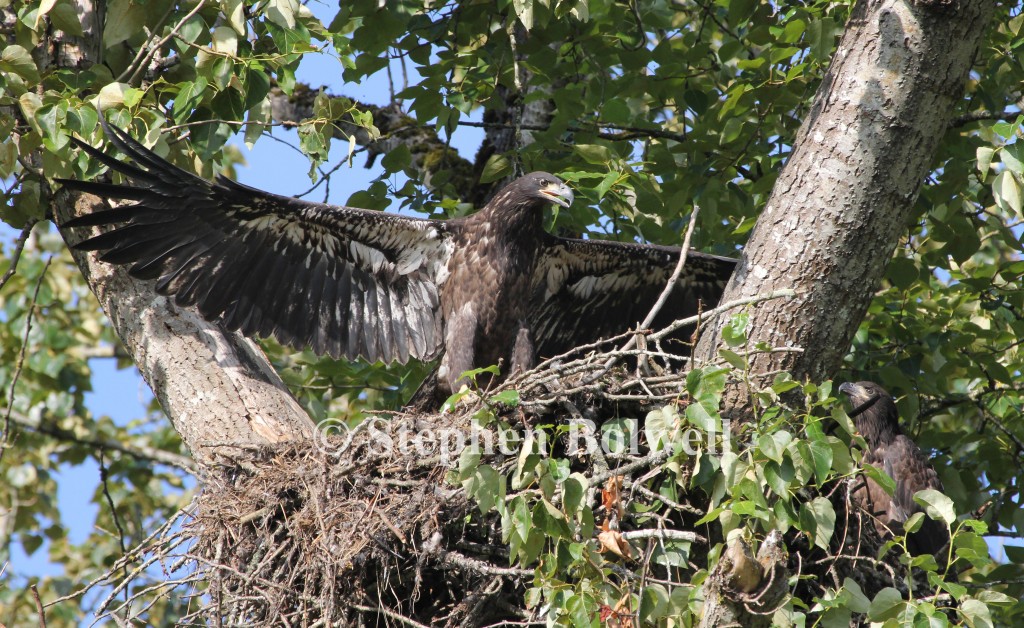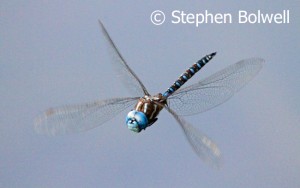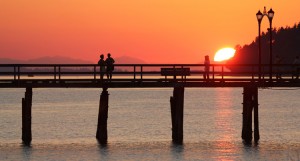Many years ago I went out into the desert and there I met a man who had a vision. I’ll have to stop doing that… building up my story before I’ve started. More prosaically, I was setting up to film a sequence on elf owls for a movie about, well, what else but owls… and the man I met in the desert was Bill Peachey, one of those experts the B.B.C. seek out when their freelancers aren’t sure what they are doing – pretending to know is useless and in any case, you can’t know everything. Elf owls nest in holes in saguaro cacti in the Sonora desert and if anybody was going to be able to find them, it was Bill… but sadly, not this time around – two long nights and we didn’t see a single owl. But all was not lost…… I learnt something else, something quite useful, and I’ll share it with you.

Bill had seen things in the desert – interesting things, mass animal migrations in the moonlight and creatures noted in the past that hadn’t been seen for many years. Then he’d tell somebody – a hunter perhaps, and they would say… ‘Never!’ A common response from people who hadn’t lived in the area for very long. The problem Bill pointed out was that as we begin to spread out into natural environments, many of the animals that live there move on. To be clear on the changes, Bill told me, it was essential to get a photograph of everything of consequence that you saw, preferably with a signpost in shot, or something that would date the picture exactly. It was my turn to have a vision – I imagined an elk with a copy of today’s paper wedged in his antlers, then a cougar walked in front of a circus billboard with the show dates prominent to one side, but as I took my picture the cat’s body moved and obscured them. It was hopeless – we were living in 1985 – far too early to make any of this work.
Today technology has moved on and most of us now carry something that will take a pretty good picture, whether it be a camera, a small computer or a mobile phone, and nearly all will automatically record the date, the time, and in some cases a GPS position. In the 21st Century nothing much can happen in public view without somebody noticing and recording the change, and if we care about the environment, more of us should be making visual notes and start using them as the basis for asking questions about how we all feel about the situation.
I am the most unlikely person to write a blog, but when I see things changing in my local area that I don’t think are in the best interests of my neighbour’s or the local environment, I feel obliged to comment. You of course may not be living in the Lower Mainland area of British Columbia on the West Coast of Canada, but it is likely that something very similar will be happening close to your home, because there is a general disconnect between what most of us want, and what our local councils and planning departments would like to slip past us.
Here is the story I have on my mind:
It’s time to rethink high density development, or say goodbye to the natural wonders of the Lower Mainland. by Stephen Bolwell.
When Sarah Palin was Governor of Alaska she got into hot water for something she never said, ‘I can see Russia from my house’. Well, I’m living on the coastal side of Lower Mainland B.C. and I really can see another country from mine – it’s America, and that’s exciting, although stretching things a bit, because all I can really see is Mount Baker – it‘s just so big, but despite this, to get a clear look I need to take a short walk to my local nature area, ‘Surrey Lake Park’, because all expansive views in my area are now built across.
Twenty years ago it was all fields and woodlands, but now you don’t see much that is natural, and recently somebody on Surrey Council told me why, ‘You are living in a high density development area,’ he said, ‘and soon all those scruffy little open spaces around you will be filled with houses’. I felt obliged to enquire whether the locals had been asked if they wanted to live high density – and that turned out to be rhetorical, because what council officials like best are people who don’t ask troublesome questions; the conversation was over – tragically the poor man had been struck suddenly deaf.

I am British by birth and as most Canadians know, Brits have a reputation for whinging; we like to think we’re organizers, but whinging is what we do best. So, when I took my first outing from Surrey to Vancouver on the SkyTrain, it wasn’t long before I started whinging quietly to myself about the ugly sprawl of development flowing past my window and I didn’t feel entirely happy again until my feet hit Stanley Park – I love Hyde Park in London, Central Park in New York, almost any park you care to mention, but Stanley Park is easily the best, and although Vancouver is near the top of the list of most beautiful cities, it is the natural beauty of B.C. that makes this place so special. However, the Lower Mainland is changing; as you drive South out of Vancouver towards the U.S. border, it is impossible to miss the urban sprawl and it isn’t until you get into the U.S.A. that the countryside begins to open out. The lower mainland is filling up – it is impossible to ignore a rapidly expanding urbanisation as it pushes hard into diminishing pockets of agriculture. At this point I should say that I do see the irony of moving into an area and then moaning about development; with so may outsiders arriving, it is clear that we all need to live somewhere. There is though, an important consideration, the lower mainland has a unique beauty that once buried beneath development cannot so easily be re-instated, and for residents with a long family history, the changes are painful to witness. The creation and conservation of natural parks and reserves is essential because they represent environments that were once extensive across the area. The question is – are these places getting the respect they deserve? And the evidence suggests that probably, they are not.
I’ve spent my working life traveling to interesting places to film wildlife documentaries, but nothing compares with my present location; I live in suburbia, but am only a short walk from my local Canadian fish eagle’s nest, where I can take some really great pictures… not just a whinging Pom then, but one with a self-inflated sense of his ability.

Later in the year I will be only a short drive from the centre of Canadian fish eagle activity when the salmon are running. I know Americans call these birds ‘bald eagles’ and claim them as their own, but in the fall along local coastal areas and up the Fraser River and its tributaries this place will be bursting with eagles as they arrive in numbers to form the largest congregation of vertebrate predators anywhere in the world. Make no mistake these are Canadian fish eagles, and it might even be claimed that these impressive birds appear most at home in British Columbia. So, imagine my surprise, when early in 2014 I went walking through Surrey Lake Park and discovered that an adjoining woodland along the park’s eastern border was being ripped out by heavy machinery, a complete destruction worryingly close to the eagle’s nest. Surprisingly, nobody seemed bothered, apart from a few locals who were, and still are understandably upset because they live so close to the noise and destruction.

In all, a little short of 4.2 hectares of forest including valuable and fully mature trees were cleared from the site, and these are unlikely to show up on the Surrey tree loss figures for 2014. For me the changes were startling, only a few weeks earlier this had been a quiet farm, with woodland, streams, and paddocks of grazing ponies; suddenly the land had been scraped bare and its earth carted away by the truck load. Weeks passed, the area expanded, hardcore arrived to form a base along with the accompanying rumble of cement lorries. The disturbance was extreme and seemingly endless.
There was of course a notification of construction for local residents which some claim not to have received – in fairness at less than a page this might easily have been overlooked – it stated that preparations for BC Hydro’s new Fleetwood Substation at the south end of 156th street would be completed between January 17 and May 15 2014 with day shifts from 7.00am to 6.00p.m. and afternoon shifts from 7.00p.m. to 6.00a.m. – an odd sense of time, but technically this is still after noon. The development pushed on through August with trucks coming and going every few minutes through daylight hours, which was a pretty full on disturbance for both the locals and the parkland reserve. The troubling thing is, there never have been any signs posted to indicate what this development was for, potentially one of the biggest Hydro power sub-stations to be built in British Columbia. I thought it odd that BC Hydro should describe itself as a conservation powerhouse, but I soon realised that it wasn’t the sort of conservation that I was thinking of.
With a natural reticence for B.C. Hydro to get promotional on this site many people in the district are still unaware of the development, and those who are, often don’t know of its relationship to the ‘conservation powerhouse’. But now the natural world has been swept away and there is clearly nothing left to conserve, perhaps the company will take a more upfront approach to the site. There was a short article in a local paper that mentioned B.C. Hydro by name, but the story focused mostly on unhappy neighbors; there was a generous acknowledgement by one, that such developments have to go somewhere, but there were also clear concerns over the disruption and adverse effects upon the environment, particularly the birdlife and several endangered animal species.
A report from ‘AMEC Environment and Infrastructure’ was undertaken during 2013 which stated that ‘due to the time of year it wasn’t possible to conduct a bird nest survey’ which is odd because there were two site visits, one on 29th May when there should have been clear signs of birds nesting. Some locals say that red-tailed hawks nested in trees on the property and I certainly know of a pair that were present during the two previous years. The report also noted three species of conservation concern potentially on site: the red-listed and SARA schedule 1 listed ‘Endangered’ Pacific water shrew; the blue-listed and COSEWIC-listed ‘Special Concern’ Western Toad and the blue-listed and COSEWIC-listed ‘Special Concern’ Northern Red-legged Frog, with tadpoles present in one stream that may have been of the same species.
As a know it all Brit I am knowledgable about amphibians and noticed pictures in the report that showed both woodland and reedy areas along streams that were suitable for species known to exist in the adjoining park; creatures like the Pacific tree frog and long-toed salamander which few will ever see – and so it is sadly a case of out of sight out of mind, but there is a real issue here: if a suitable habitat bordering a small reserve disappears then the chances are that any species that can’t fly in will have a good chance of going the same way – an affliction common to island populations, and the reason why buffer zones and corridors beyond park boundaries are so essential to the diversity of small reserves.
On a recent visits to the park I am troubled by the additional noise, of a radio playing at high volume across a dyke close by the reserve – I am told, for the benefit of blueberry pickers. Passing joggers already have music plugged into their ears and they don’t notice. As for the rest, mostly people walking out to empty their dogs, they don’t notice either. At certain places on the reserve the din is so loud it drowns out bird song completely; birds sing for a reason that has nothing to do with increasing their berry picking speed, and everything to do with maintaining territories. Cognitive dissonance sets in and I begin to ask whether it really matters for 2014, because there are so few birds to be seen in the area, certainly far less than in previous years. Several locals have told me that before the development started, an attempt at netting was employed, but having established that this was illegal, bird wailers were installed that played distress calls to put birds off and deter them from nesting (both activities were against the advice of the environmental consultant). This appears to have worked though, because during this spring and summer there have been fewer birds in the adjoining Surrey Park and the nearby woodland reserve at Fleetwood.
The Hydro development at the lower end of 156 St lies in an agricultural zone, not far from another recent development which is also ongoing. A little over a year ago on this second site there was also a mature woodland, but this has now been replaced by large houses entirely out of keeping with their surroundings and it is difficult to understand why building consent was granted. Until recently this woodland was another essential buffer zone for the park and busy with wildlife; nothing natural remains there now, all has been replaced by housing with sterile new lawns kept green by water sprinklers that are not so good during a dry summer, but apparently there is no sign of a water shortage; although with the race on to fill Surrey with housing, there soon will be. With many more people living close to the nature park, there is likely to be extra pressures, with pollution from cars, noise from mowers and many more dog walkers with easy access to the park’s dog emptying facilities. If you can get away with taking out a woodland and building on this site, then you can get away with it almost anywhere.
Maybe it’s just bad timing, but on 22nd July a local paper ran a feature on Surrey’s latest ‘Biodiversity Conservation Strategy’. Coun. Bruce Hayne said, “It’s time to focus our efforts on building our inventory of natural environment”, and, “It’s not good enough to protect the eagles bedroom, i.e. their nest. You have to protect their kitchen and dining room too!” A sound bite from Deb Jack, president of Surrey Environmental Partners, “What a legacy this is for the history books” is also contrary to the local reality. Surrey City Council claims to have adopted a green initiative that is expected to have an impact on the city’s ecosystems for decades. Well, better late than never I guess, but it is certainly too late to put things right for the biodiversity of Surrey Lake Park. In truth, there never was a need to implement a green initiative to conserve this area, everything was covered by existing planning laws; all that was necessary was to implement them. ‘Biodiversity Conservation Strategy’ …It sounds impressive. I’m guessing there’s an election in the offing.
So, now that two extensive developments have been permitted at the bottom of 156 St, it won’t be long before all the other natural areas along the quiet lower end of the street are filled in. Penny Beck’s family have lived here for 40 years, they are the closest to the Hydro development and the residents most affected by the disturbance. ‘We still have that’ says Penny pointing to a tangled area of scrub and forest across from her house, ‘hummingbird habitat – the council know better than to spray with roundup while I’m still here’. Penny is a rarity, she has a practical understanding of what wildlife really needs, but the Beck’s family home is up for sale and when Penny goes, the hummingbird nesting site will disappear. Canadians are tidy people and their gardens don’t make great habitats for wildlife, and if all ‘the scruffy little wild spaces’ are built on there will be no more hummingbirds visiting local feeders because nesting sites won’t be available. I wonder how long it will be before the local Canadian fish eagle’s nest lies empty, to eventually fall from the tree, and with no eagles returning to rebuild, it can only be a matter of time before people forget that there were ever eagles here; just as they have forgotten that not so long ago a female black bear used to come and feed with her cubs in the local berry patch.

I can whinge as much as I like, but it isn’t my place to speak for the community. I believe that those with historical connections to the area need to have a say about their area, and then they need to remain vigilant over what might be lost, namely the natural wonders that are the true heritage of the Lower Mainland. To conserve the area something has to change, because presently, the essence that makes this corner of British Columbia so special is being given away – not just without a fight, but without a murmur.
N.B. A precedent has now been set. On 13 August a notice of proposed development was received by a resident at the lower end of 156 St, informing of an application to the Surrey Planning Department for the rezoning of a nearby area of woodland and scrub from “General Agricultural Zone (A-1)” to “Comprehensive Development Zone (CD)” to permit the development of 46 family lots with 16% open space (great news – only small lawns to water then!), and the planning staff won’t be making any written responses to comments. The notice appears insensitive to local feeling, even a little arrogant perhaps, but above all it seems unCanadian. If globalisation goes belly up, we might all need to grow our own food locally and serious questions need to be asked about the persistent development of agricultural land. In the end of course, the local planning department might just do the sensible thing and say no, but I’m not holding my breath.
A local resident informs me that the native Douglas squirrel has not been seen so readily since the development. For a short sequence on the squirrel view :-

